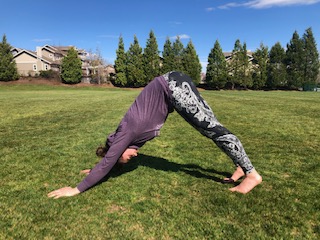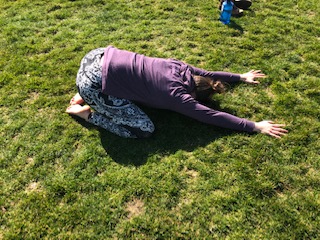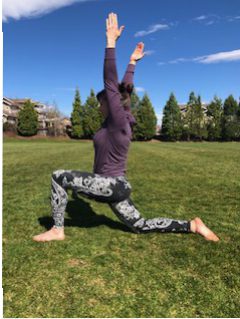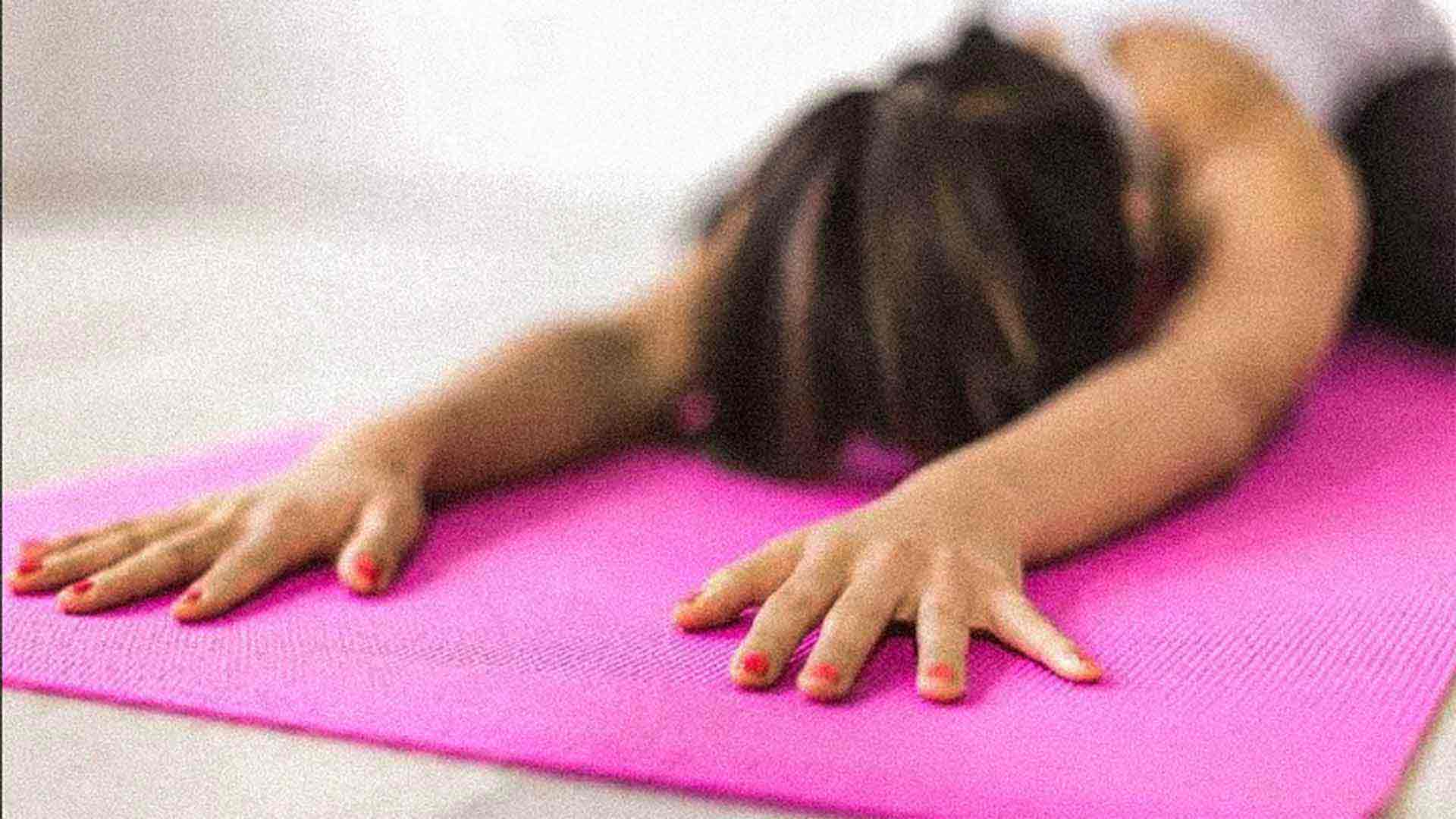Whether you’re feeling tense or just wanting to clear your mind when life feels a bit much, one of the best activities you can add to your day-to-day routine is: yoga. If you’ve tried yoga before, you might notice you feel a little more rejuvenated, relaxed and in a better mood after a yoga session. If you’re new to yoga and wondering if it’s right for you, read on to learn how yoga can help manage your stress levels.
What is stress?
When you’re feeling relaxed and cruising through life, your body produces a healthy amount of your stress hormone, cortisol. While cortisol is often viewed in a bad light, it’s actually beneficial in healthy amounts. It’s responsible for helping your body stabilize blood sugar levels, regulate metabolism and even reduce inflammation.
But when times are tough, your body releases an excess amount of cortisol, signaling your body it’s in a state of emergency. While this is good and extremely helpful when you’re actually in a threatening situation, but nowadays, most of our stressors are everyday triggers rooted in work, relationship problems, studies or simply just too much multitasking. And prolonged stress can lead to symptoms like weight gain, high blood pressure, poor sleep, poor mood and the list goes on.1
How does yoga help de-stress?
In short: yoga helps your body relax.
The physical movements and breathing exercises of yoga support your body’s parasympathetic nervous system, a.k.a your counter-stress response. Rather than cueing your body to prep for a threat (like cortisol does), it signals your body to calm and relax.
The type and amount of yoga that’s helpful for each person can vary, but incorporating it into your weekly routine just 3 times a week for about a month can help improve mood, fatigue and stress levels according to a study.2
3 easy poses to try from anywhere
1. Downward-Facing Dog

This pose is known as one of yoga’s staple poses. The easiest way to start is on your belly. Bring your hands right under your shoulders and your feet hip-width apart. Push yourself into a high plank (you can use your knees to assist you with this) and move your hips all the way up and back until your arms and legs are straight. Spread your fingers wide, and make sure your back is straight. If your hamstrings feel tight, a slight bend in your knee can help.
2. Child’s pose

Start on your hands and knees, and spread your knees wide with your big toes touching. Reach your hands out forward with straight arms and send your hips back until they’re resting above your heels. If your hips feel tight, you can keep your legs closer together. Then, allow your forehead to come to the floor and keep your palms spread out facing down. And breathe: Take several rounds of deep inhales and exhales.
3. Crescent Lunge

Start in a lunge and lower your back knee to the ground. Make sure your shin is vertical and your knee is right above your ankle, not out in front. Raise your arms above your head keeping them in line with your ears. Take a few rounds of breath and switch sides.
Takeaway
Including yoga in your routine is a great way to manage stress. You don’t need a fancy mat or a class to practice yoga, with a few simple movements you can relax and breathe to help ease stress. And even if you’re not the most flexible, you can always make small adjustments to each pose to reap all the benefits yoga has to offer.
To learn how a balanced diet can help with stress and mood, read 5 foods to boost mood.
About Angie
Angie is Persona’s Director of Research and Development. She is a Registered Dietitian Nutritionist, passionate about helping others live wholesome, fulfilling and healthy lives. At Persona, she enjoys researching emerging science and developing propriety supplement blends.
Do you have questions about supplements? Reach out to one of our experts, or take Persona’s free nutrition assessment, and learn exactly what you need to take your wellness to the next level.
*These statements have not been evaluated by the Food and Drug Administration. This product is not intended to diagnose, treat, cure, or prevent any disease.
This information is not intended as a substitute for the advice provided by your physician or other healthcare professional, or any information contained on or in any product label or packaging. Do not use the information from this article for diagnosing or treating a health problem or disease, or prescribing medication or other treatment. Always speak with your physician or other healthcare professional before taking any medication or nutritional, herbal, or homeopathic supplement, or using any treatment for a health problem. If you have or suspect that you have a medical problem, contact your health care provider promptly. Do not disregard professional medical advice or delay in seeking professional advice because of something you have read in this article.

